CRIMINAL JUSTICE AT THE CROSSROADS
Criminal Justice at the Crossroads
TRANSFORMING CRIME AND PUNISHMENT
William R. Kelly
 COLUMBIA UNIVERSITY PRESS NEW YORK
COLUMBIA UNIVERSITY PRESS NEW YORKCOLUMBIA UNIVERSITY PRESS
Publishers Since 1893
New York Chichester, West Sussex
cup.columbia.edu
Copyright 2015 Columbia University Press
All rights reserved
E-ISBN 978-0-231-53922-7
Library of Congress Cataloging-in-Publication Data
Kelly, W. R. (William Robert), 1950
Criminal justice at the crossroads : transforming crime and punishment / William R. Kelly.
pages cm
Includes bibliographical references and index.
ISBN 978-0-231-17136-6 (cloth : alk. paper) ISBN 978-0-231-17137-3 (pbk. : alk paper) ISBN 978-0-231-53922-7 (electronic)
1. Criminal justice, AdministrationUnited States. 2. CriminalsRehabilitationUnited StatesEvaluation. 3. RecidivismUnited StatesPrevention. 4. CrimeUnited StatesPrevention. I. Title.
HV9950.K45 2015
364.973dc23
2014029752
A Columbia University Press E-book.
CUP would be pleased to hear about your reading experience with this e-book at .
Cover design: Archie Ferguson
References to websites (URLs) were accurate at the time of writing. Neither the author nor Columbia University Press is responsible for URLs that may have expired or changed since the manuscript was prepared.
The real measure of civilization in any society can be found in the way it treats its most unfortunate citizensits prisoners.
Fyodor Dostoevsky, The House of the Dead
CONTENTS
I AM VERY FORTUNATE TO have the support and encouragement of a number of wonderful people. First and foremost is my wife Emily, the love of my life, the one who has believed in me and supported this effort from day one. She motivated me and my writing in uncounted ways. She was ever graceful during working weekends and vacations and talking me down during my bouts of doubt and insecurity. I am truly blessed to have her in my life.
I also want to acknowledge the support and understanding of my dear friends of twenty-plus years Bill and Sabrina Streusand. They have been extraordinarily supportive and willing to listen to me opine about American criminal justice at the many dinner parties they hosted. Bill is a child and adolescent psychiatrist and provided invaluable advice and insight on psychiatric and neurocognitive issues. Bill and Sabrina also provided Casa de Streusand de Durango to us during the summer of 2013, where I was able to make the big push to finish the manuscript.
Robert Pitman, a very good friend, formerly the United States Attorney for the Western District of Texas and just confirmed as a federal district judge, was very supportive and encouraging throughout. He has played a critical role in providing drafts to key policymakers in the U.S. Department of Justice. Robert has also encouraged me to write a book about criminal justice reform for a broader audience. That project is currently underway.
I would like to thank De Sellers, who was instrumental in this project in a variety of ways. In addition to being supportive and encouraging, De motivated my interest in neurodevelopment and neurocognitive functioning, which plays a central and ever-growing role in my understanding of crime and behavioral change.
Sheldon Ekland-Olson, longtime friend, colleague, and co-author, read the manuscript and provided invaluable feedback and much-needed encouragement. Sheldons comments have played a big part in this project as well as the next two books that are in the pipeline. He has always been there and I really appreciate that.
Dan Mears, also a co-author and a prior graduate student of mine, read the manuscript and suggested important changes to early drafts. Dan has been terrific over the years in the role reversal of student supporting professor and for that I am most grateful. My colleague Mark Warr also read a draft of the manuscript and offered helpful suggestions.
The editors at Columbia University Press, especially Jennifer Perillo and Stephen Wesley, have been a true delight. Jennifer was excited and supportive about this project from the very beginning. Stephen was great with the logistics of getting the draft to the final product with as little pain as possible. I also must thank the anonymous reviewers of the manuscript. They all understood what I was hoping to accomplish with this book and essentially gave me free reign to do that. They also made terrific suggestions that improved the book in important ways. My experience with Columbia University Press during this process has been a true pleasure, for which I would like to express my sincerest gratitude.
I also must thank the thousands of students who have listened (sometimes with interest) to my lectures, as I have presented in class much of the evidence (research and real world experiences) and many of the ideas that follow. A good bit of what is in this book has seen some limited vetting in the classroom. Thanks to my students for being involuntary and unwitting judges of some of these ideas over the years.
THIS IS A BOOK ABOUT a remarkable policy failure, perhaps the greatest in American history. Over the past forty-plus years, elected officials and policymakers throughout the United States have failed the public, taxpayers, crime victims, the criminal justice system, the mentally ill, the drug-addicted, criminal offenders, their families, and their communities. They have also compromised public safety and contributed to millions of preventable criminal victimizations. It is a failure that has resulted in state expenditures on corrections of over a trillion dollars since 1980. That failure is called crime control, a theory of public safety premised on greater severity of punishment for criminal offenders and defined by tough rhetoric like lock em up and throw away the key and do the crime, do the time. It is a policy that has resulted in the United States having the highest incarceration rates in the world. It is a policy that has led to over 7 million individuals under correctional control, a number larger than the combined populations of Los Angeles and Chicago.

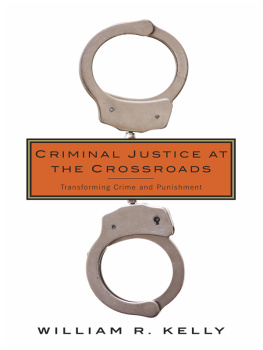


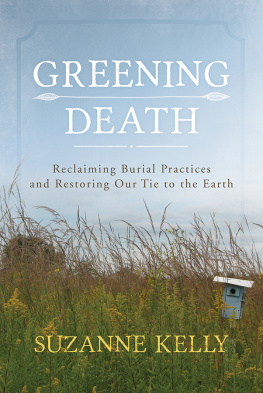
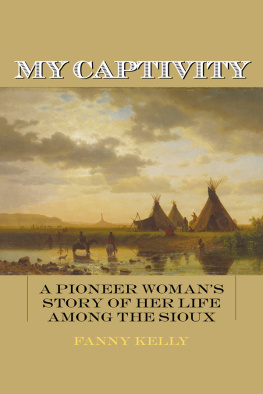

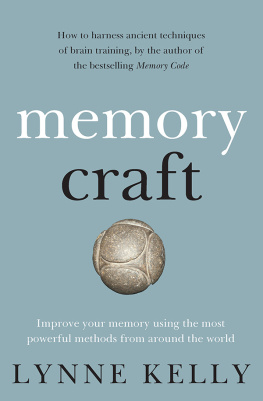

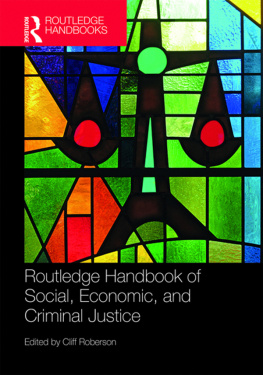
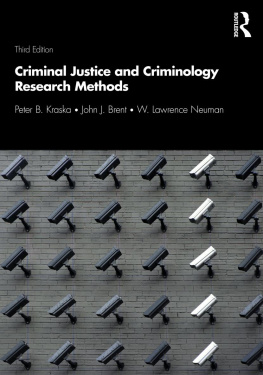
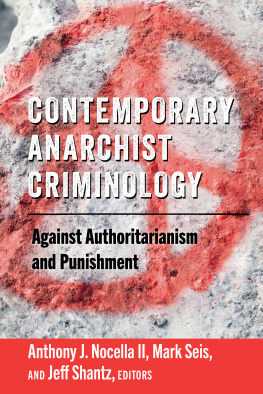
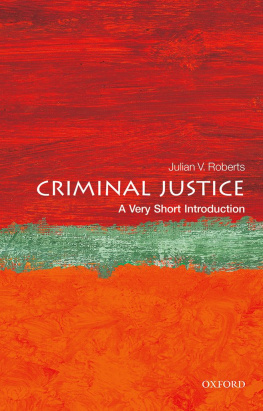
 COLUMBIA UNIVERSITY PRESS NEW YORK
COLUMBIA UNIVERSITY PRESS NEW YORK